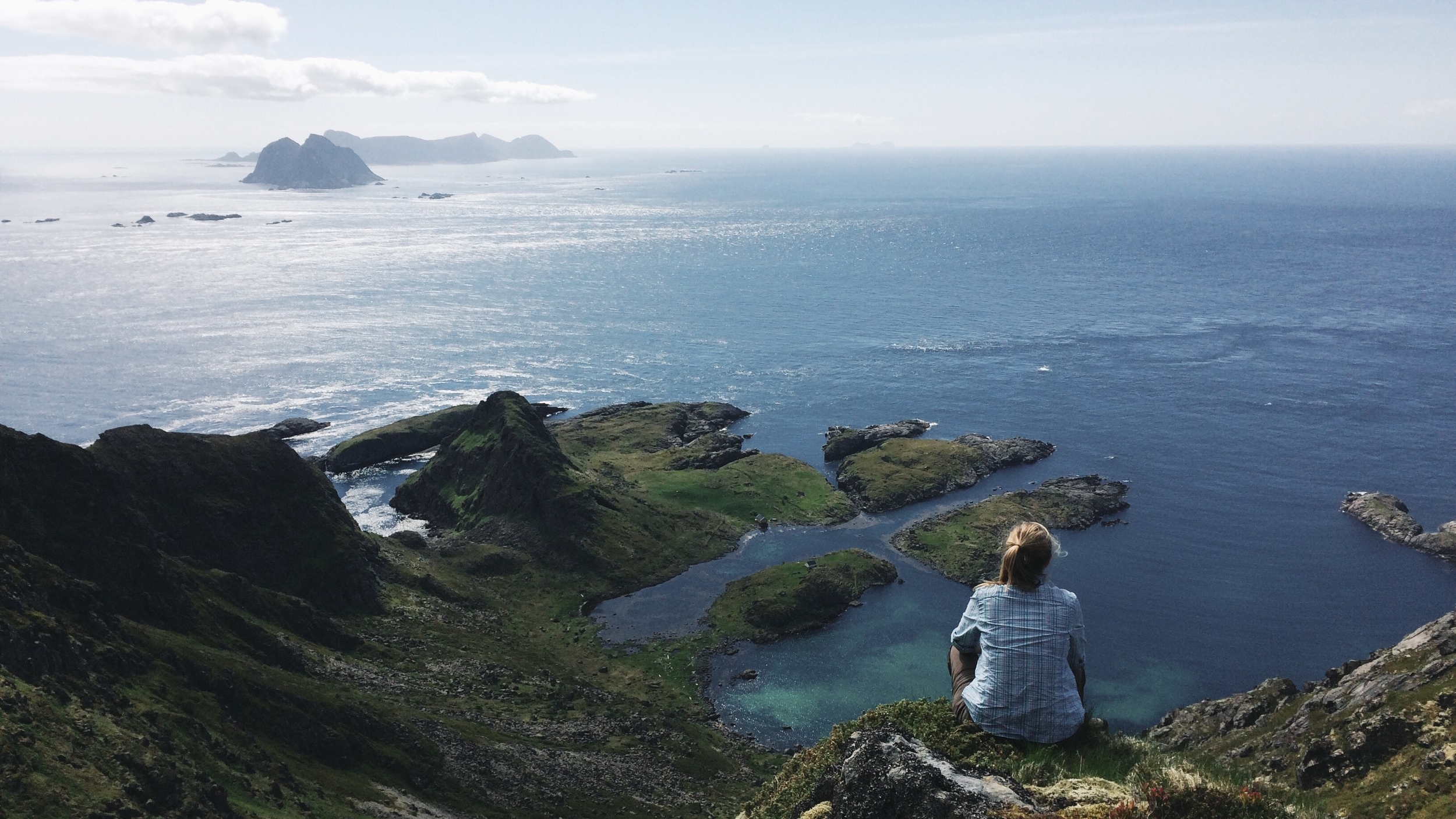About Me
Dr. Adeene Denton is a geologist and planetary scientist interested in giant impacts and their influence on the history, evolution and tectonic activity of icy satellites, ocean worlds, and Kuiper Belt Objects. Adeene uses a combination of numerical tools, from shock physics codes to finite element modeling, to explore the effects of giant impacts, which begin in the first few seconds after impact and can extend for hundreds of millions of years. Adeene is passionate about integrating numerical modeling, fieldwork, and everything in between to approach geologic problems. Asteroid 16883 adeenedenton is named for Adeene’s research on impact processes on outer Solar System worlds, including Pluto.
Adeene is trained as a scientist, historian, and dancer, which informs their scientific and artistic research process. They are an avid astrohumanist focused on approaching future planetary exploration from a scientific and humanistic perspective. When Adeene’s not blowing up Pluto, they’re pursuing additional research projects on everything from the history of geology during the Cold War to the social and cultural implications of space travel! You can find some of Adeene’s writing right here under ‘Blog’ as well as on Medium. They are also involved in several projects aimed at building a more supportive environment for underrepresented groups in STEM, including co-founding the Ethics and Human Rights in the Space Sector project group for the Space Generation Advisory Council.
To see what Adeene is about in 20 minutes or less, check out their TEDx talk here, or their Minute Out In It from their time as Astronomer in Residence at the Grand Canyon. Adeene is currently a NASA Postdoctoral Program Fellow at the Southwest Research Institute in Boulder, Colorado.
Twitter Google Scholar Instagram
In the press
Science News
New Horizons: Celebrating a decade since the Pluto flyby - Planetary Radio
Uranus’ Moons Could Have Cryovolcanism from Potential Interior Oceans - Universe Today
Pluto May Have Captured Its Biggest Moon After an Ancient Dance and Kiss - The New York Times
Kiss and capture: A new explanation for Pluto’s largest moon - EarthSky
Pluto may have captured its moon Charon with a kiss - Science News
Pluto’s Weirdly Big Moon May Have Come From A ‘Kiss And Capture’
How Pluto Landed its Moon With a 'Kiss' - Newsweek
‘Kiss and capture’: scientists offer new theory on how Pluto got its largest moon - The Guardian
Pluto may have captured its moon Charon with a brief kiss - New Scientist
How Pluto captured its largest moon Charon with a 10-hour icy 'kiss' - Space.com
Pluto and moon formed through “kiss and capture” - Cosmos
Splat or subsurface ocean? The mysterious positioning of Pluto’s heart
U of A scale model solar system extends off campus to add Pluto's broken heart - Arizona Daily Star
Pluto’s heart-shaped basin might not hide an ocean after all - Science News
Pluto Smashed Into Another Planet The Size Of Arizona, Say Scientists - Forbes
Pluto gained a ‘heart’ after colliding with a planetary body - CNN
Pluto got its ‘heart’ in a violent collision - Earth.com
Astrophysicists solve mystery of heart-shaped feature on the surface of Pluto - Phys.org
How Pluto got its 'heart' - University of Arizona
Chasing Canyons Across the Solar System as Astronomer in Residence - Grand Canyon Conservancy
2023 Pellas-Ryder Award - The Meteoritical Society
Saturn's moon Mimas may be a 'stealth' ocean world - Space.com
Investigations reveal more evidence that Mimas is a stealth ocean world - Phys.org
This physicist hopes to shake up our understanding of space - Science News Explores
Pluto’s dark side spills its secrets — including hints of a hidden ocean - Nature
Did Pluto harbor an ancient subsurface ocean? - Sky and Telescope
Ripples on Pluto hint at subsurface ocean - EarthSky Science
Ancient Seismic Waves Reveal Pluto’s Ocean, Core - AGU Eos
If Pluto has a subsurface ocean, it may be old and deep - Science News
Collision on One Side of Pluto Ripped Up Terrain on the Other, Study Suggests - Scientific American
More Evidence that Pluto Might Have a Subsurface Ocean - Smithsonian Magazine
SGAC Announces the Winners of the National Academies Early Career Program
Dance News
Dancing Across the Solar System as the Grand Canyon’s Astronomer in Residence - Dance Magazine
Site-Specific Space Dance: How astronauts are reinventing movement in microgravity - Dance Magazine
Community Coffee with Adeene Denton - Cosmoquest
Love Dance and Science? Adeene Denton on How They Can Work Together
How NASA failed female astronauts and built space travel for men - Interview for Wired UK
Dancing on Mars: What Elon Musk Can Learn from Dancers - Interview for DanceLab

